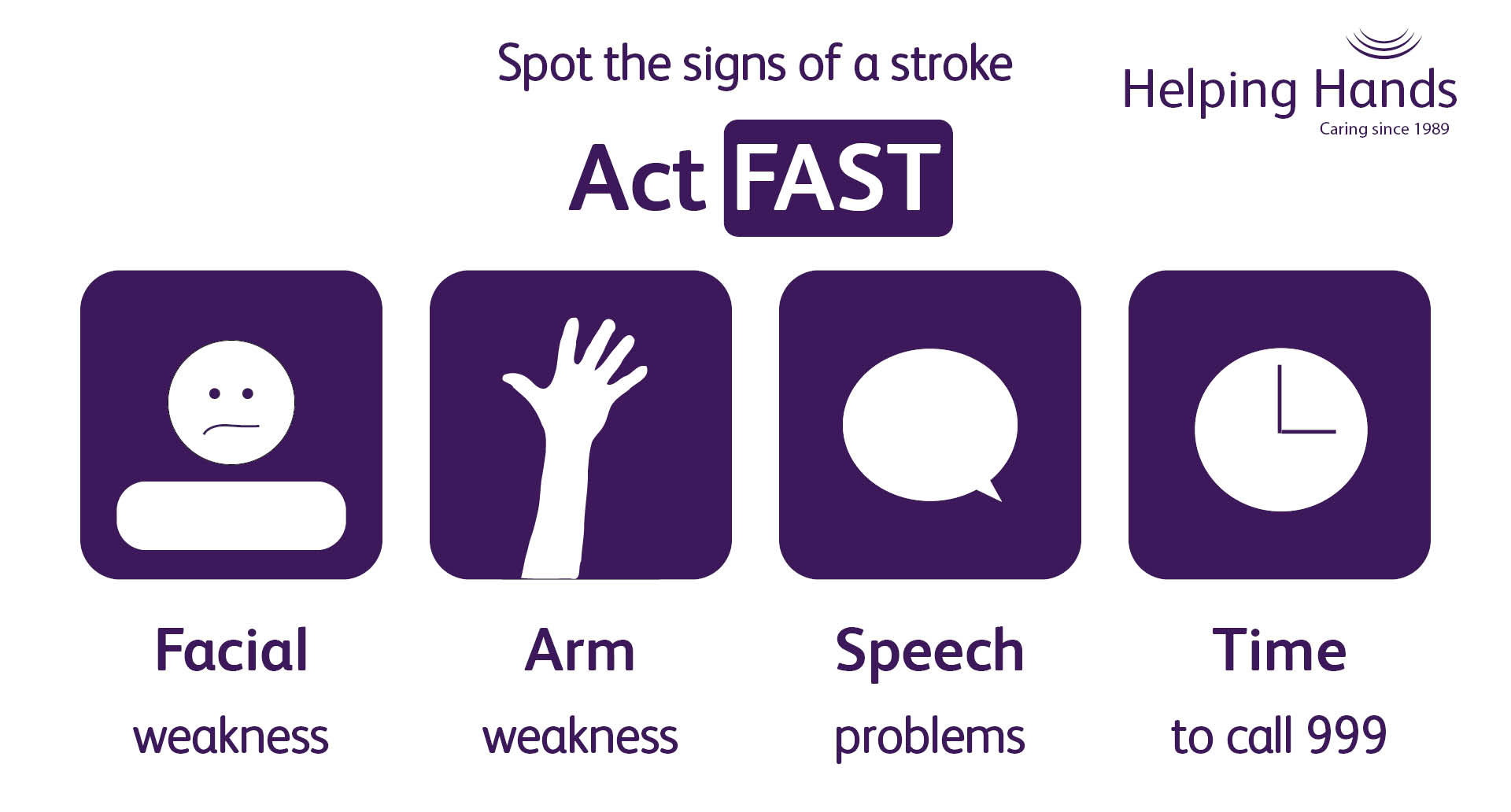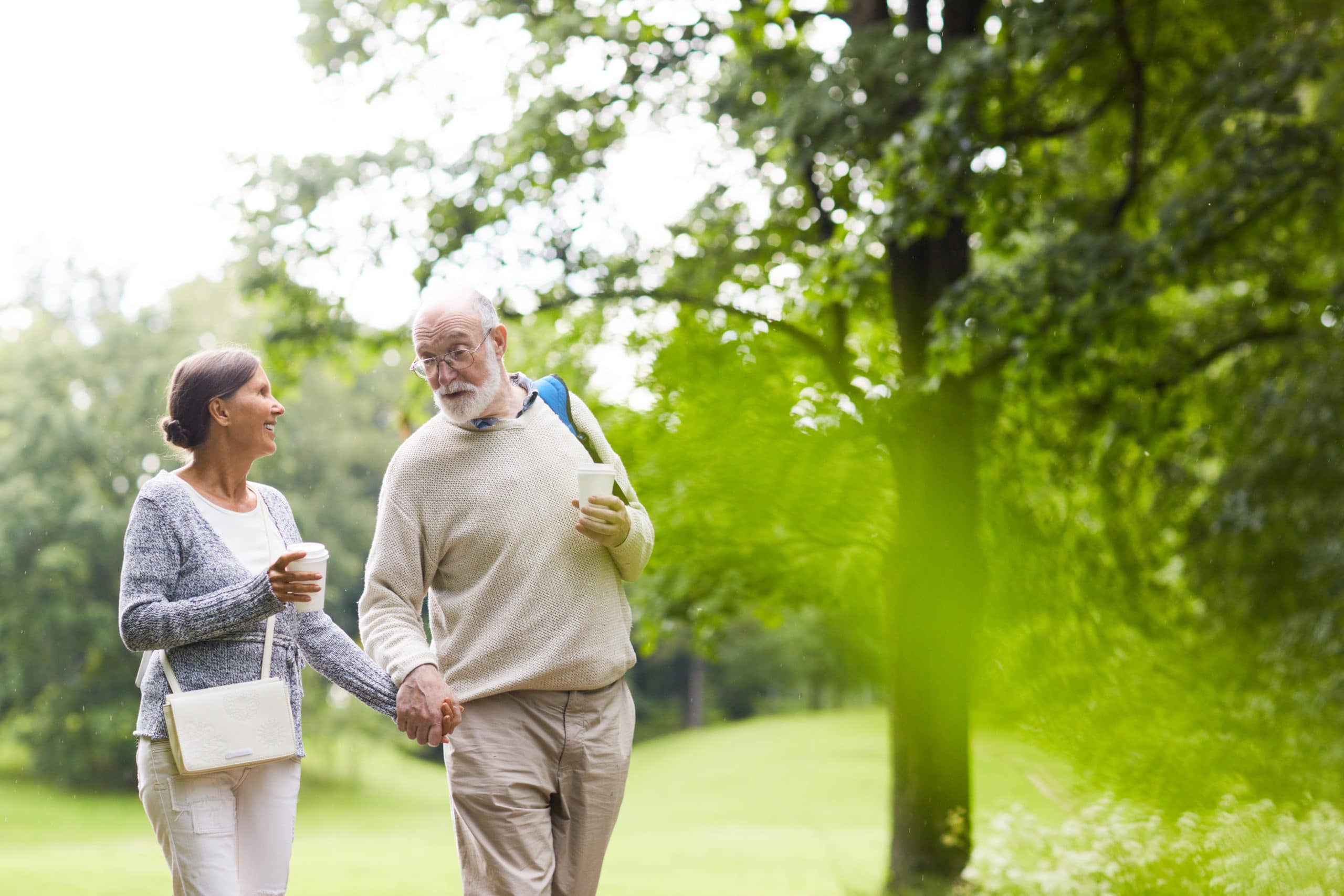It is important to educate yourself on stroke and the warning signs, whether or not you or a loved one have been directly affected by the condition. By simply reading this article, you will be more informed on what a stroke is and what to look out for, and therefore be more equipped to notice the signs of a stroke in your loved one.
People are often reluctant to learn about stroke and the possible effects, due to a fear of what they might find out. However, it can be beneficial to read the facts about the condition, as by breaking down ‘the unknown’, you are not only more aware of the signs of a stroke, but further knowledge might actually help you feel more at ease.
If you, or your loved one, have been affected by stroke, we understand it can be daunting trying to comprehend what has happened, but it is important to remember that you are not alone; it could even be as simple as sharing this article with a loved one or friend to help them understand what you are going through.
What are the three different types of stroke?
A stroke, sometimes referred to as a ‘brain attack’, is when the blood supply is restricted or completely stopped to a part of the brain, causing severe damage to the surrounding brain cells. Depending on the severity of the stroke, it can sometimes lead to long-lasting brain damage and even affect how someone thinks and feels.
The three different types of stroke are:
- An ischaemic stroke: which is caused by a blood clot cutting off oxygen and the blood supply to the brain.
- A haemorrhagic stroke: which occurs when a blood vessel inside the skull bursts and bleeds in or around the brain.
- A transient ischaemic attack or TIA: also known as a mini-stroke, is the same as the ischaemic stroke but the blockage is only temporary.
What are the five warning signs of a stroke?
The signs and symptoms of a stroke vary between each person and the type of stroke that they are having, but they often come on very suddenly.
The five warning signs of a stroke are:
- Weakness or numbness on one side of the body.
- Difficulty speaking or significant change to speech.
- A sudden change in vision.
- Being unable to walk or experiencing sudden difficulty moving.
- A very severe headache that comes on suddenly.
The British Heart Foundation recommend ‘acting F.A.S.T’, an acronym that summarises the most common warning signs of a stroke and makes them easier to remember:
Face: their face may have dropped on one side; they may not be able to smile or their eye or mouth have drooped.
Arms: they may not be able to lift both arms due to weakness or numbness in one arm.
Speech: their speech may be unclear or slurred, or not able to speak at all.
Time: if you notice any of these signs, it is time to call 999.
Building confidence after a stroke
When someone has a stroke, it is not uncommon for them to experience a loss of confidence. A stroke can be a life-changing event, whether or not you have long-term physical changes from it, the stroke itself can often instil feelings of anxiety and trepidation. You or your loved one may be tempted to shy away from your usual activities, but by taking things at your own pace with the right support, there is life after stroke.
It could be that you are adjusting to life with limited mobility, or you want to maintain a healthier diet to reduce your risk of further strokes, whatever your concern, it can be beneficial to break it down into small, achievable goals. For example, if you are finding it difficult to leave the house due to feelings of anxiety related to walking and mobility, you and your loved one or carer could set out the following goals:
- Do some gentle daily exercises to improve your balance.
- Practice walking with a supportive arm around the house or in the garden.
- Go for a walk to the end of the road and back again.
- Pick a local café or garden centre and aim to walk from the car to that destination.
By turning your concerns into goals, you will change your mindset to be more positive, therefore helping you to be proactive in building confidence after a stroke. We recommend working with a loved one or carer to achieve your goals, not only will you feel more supported, but they will find it easier to understand what makes you feel anxious. You can print off our ‘weekly goal planner’ to keep track of your goals and progression.
A helping hand…
We understand that your daily tasks may not be as easy as they used to be, and you may even be experiencing difficulty adapting to the impacts of a stroke, but it is important to remember that you are not alone.
Here at Helping Hands, we provide bespoke stroke aftercare based entirely around your needs and your lifestyle. Whether that means visiting care to ensure you keep on top of your medication, or a live-in carer to help you re-learn skills and build confidence, our care is focused on you. With a helping hand, you and your loved ones can live well after a stroke.
For more information, please call 0330 029 8699 or request a callback and we will call you.



